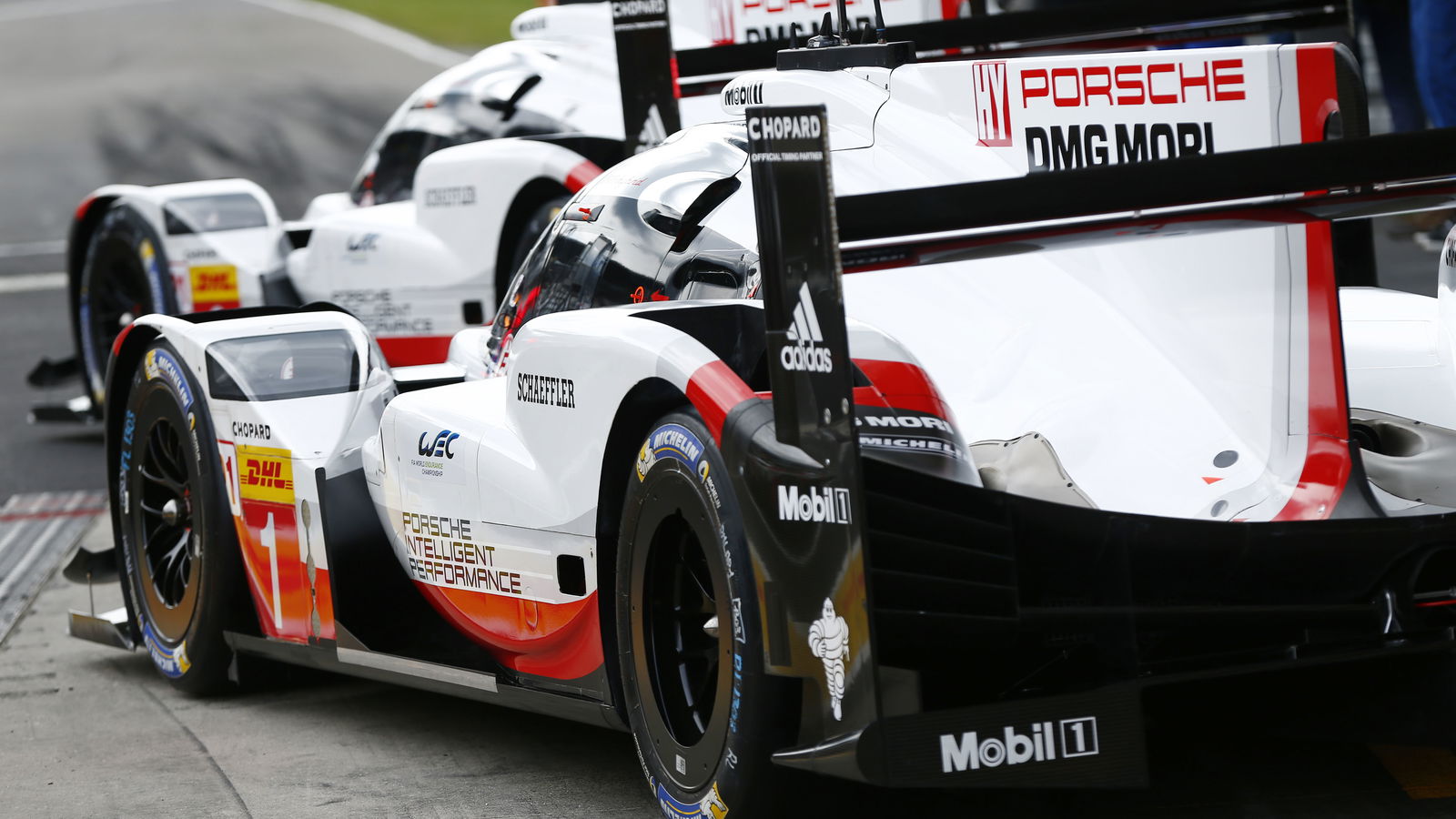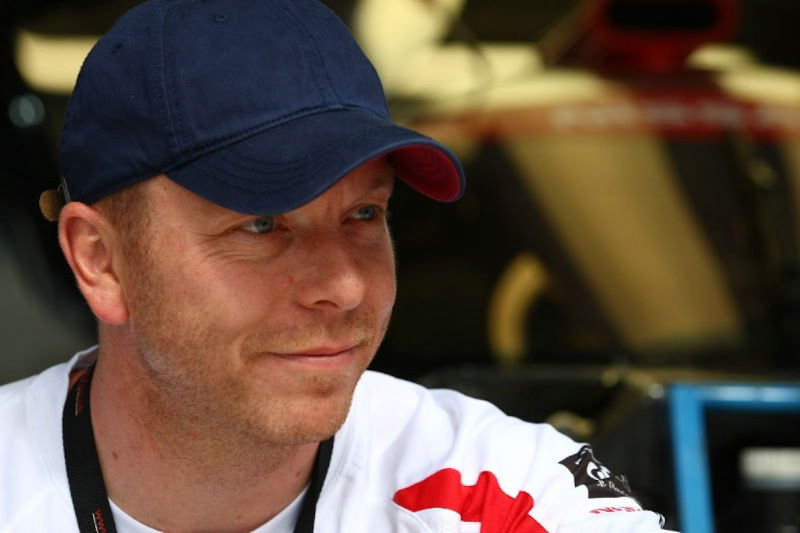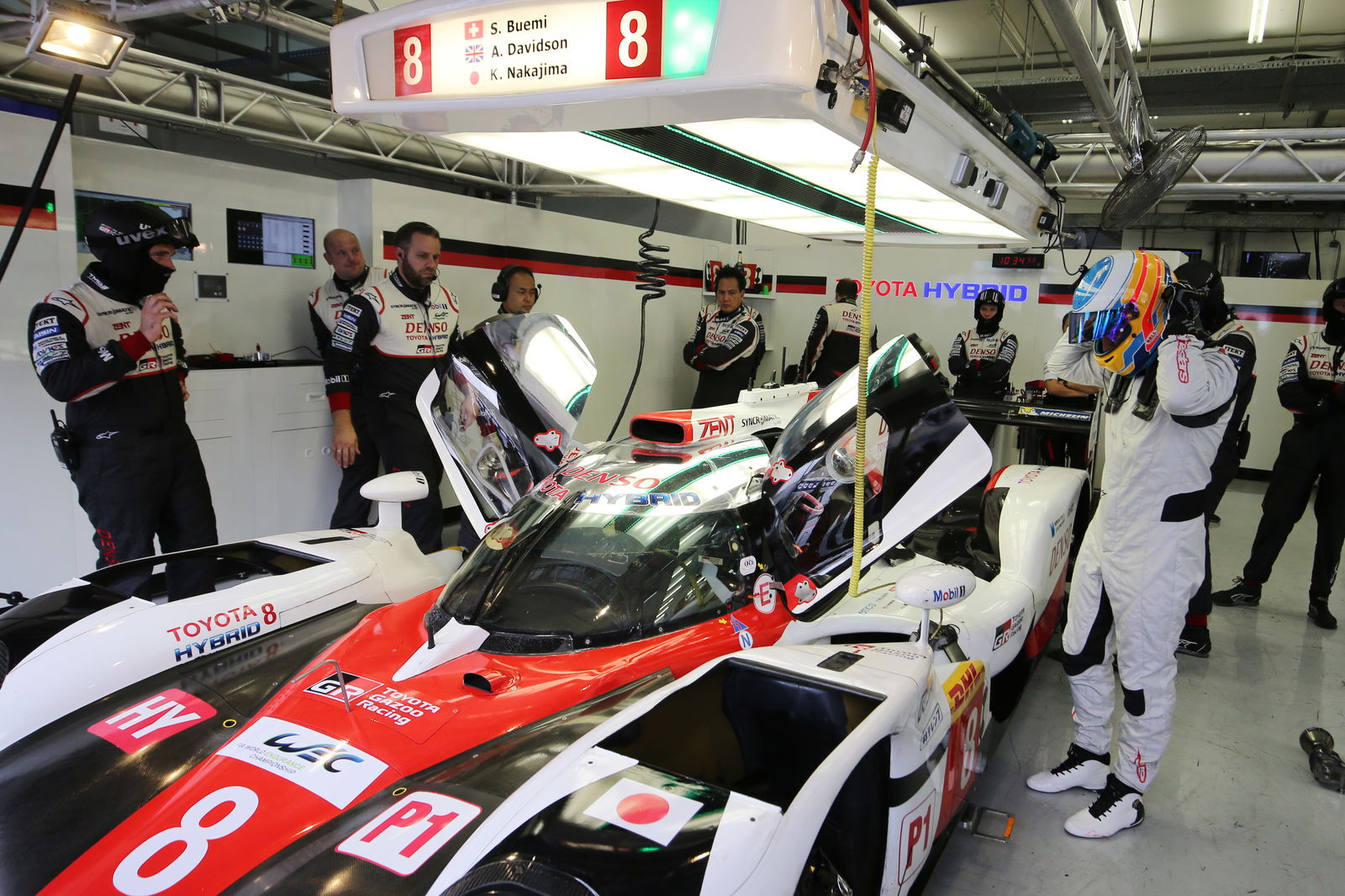What LMP1 and DTM’s struggles mean for the global driver market
Last week was a significant one for global motorsport chiefly because of two major announcements. As of 2019, Mercedes and Porsche will both be racing in Formula E. It’s time to get with the times, folks. The future is electric.
But that was not the truly significant part of the announcements made by the marques. Instead, it was what an entry to Formula E would come at the cost of.

Last week was a significant one for global motorsport chiefly because of two major announcements. As of 2019, Mercedes and Porsche will both be racing in Formula E. It’s time to get with the times, folks. The future is electric.
But that was not the truly significant part of the announcements made by the marques. Instead, it was what an entry to Formula E would come at the cost of.
For Mercedes, its long-running DTM programme will be cut at the end of 2018 in order to prepare for a Formula E entry a little over a year later. In Porsche’s case, the centrepiece of its motorsport programme will be shut at the end of this season: its three-time Le Mans-winning LMP1 operation.
The significance of the decisions against the context of where motorsport and, more crucially, the automotive industry are right now. Electric interests are so high on the agenda that Formula E, even for its flaws, is the place to be.
But as the all-electric series begins to boom, the demise of LMP1 and (possibly) the collapse of the DTM has another big knock-on effect: a reduction in top-line opportunities for some of the world’s greatest racing drivers.
NARROWING WINDOW
Williams Formula 1 technical chief Paddy Lowe discussed the issue over the Hungarian Grand Prix weekend, having called on Mercedes DTM driver Paul di Resta to replace the unwell Felipe Massa at extremely short notice. Despite having not raced in F1 since the end of 2013 and getting just five flying laps in before the race start, di Resta put in an admirable display that left the entire paddock impressed.
“I think he’s done his reputation no end of good this weekend. I noticed that Mercedes said they might give him the same call, and that’s the situation,” Lowe said when asked if di Resta had put himself back on the radar for F1 teams.
“We have unfortunately got the prospect of less destinations for accomplished drivers in the future with the position of LMP1 and DTM, which are really two of the next tier motorsports for conscious Formula 1 drivers.
“We’ve got a bit of a problem on the horizon with a lack of destinations for drivers that don’t quite make it into Formula 1.”
LMP1 and DTM have been two of the most professional and attractive locations for those not racing in F1 in recent years. They are both regarded as the pinnacles of their disciplines, and while some have used them as a stepping stone to other things (e.g. di Resta and Pascal Wehrlein going from DTM to F1), they are widely accepted as being an end point for drivers. You don’t reach either category without being a professional in every sense of the word, hence its appeal to those not quite making F1.
With the future of both LMP1 and DTM in serious doubt, two of the very best options for the growing gaggles of racers looking for a top-line seat are at risk of disappearing.
To borrow some laws of economics: demand is falling while supply remains as high as ever.
WHERE WILL THEY GO?
While Toyota’s plans for its LMP1 programme in 2018 and the future of the BMW and Audi DTM operations remain unclear, we do know that the six Porsche drivers will be out of a seat, while there are six Mercedes DTM racers who need to find something else to do by 2019. It’s hard to find a weak link among these 12; all are deserving of a top-line, professional drive in motorsport - but options are limited.
F1 certainly remains a possibility in Lucas Auer’s case, with the Mercedes DTM driver enjoying his first test with Force India on Wednesday, while di Resta’s Hungaroring showing may have got a few in the paddock thinking. Edoardo Mortara has also been working with Mercedes in the simulator a lot this year. However, with so many junior drivers banging on the door for a drive, a lack of drivers nearing the end of their careers and just 20 seats up for grabs, it may be easier said than done.
Of the remaining Mercedes boys, Robert Wickens has expressed an interest in IndyCar following a test with Schmidt Peterson Motorsports and Maro Engel is impressing in Formula E, perhaps pointing to a future works drive come season six. At 36, Gary Paffett’s next move is anybody’s guess, with a placement somewhere within Mercedes’ GT racing interests being an option.
For Porsche’s LMP1 operation, all six drivers onboard have won Le Mans at least once, and will most likely be kept within its motorsport family if possible. The marque remains involved in the FIA World Endurance Championship’s GTE-Pro, among other sportscar series, and the likes of Nick Tandy and Earl Bamber have a significant amount of GT experience that would be good to call upon. Andre Lotterer has already said he wants to stay with the Porsche family, expressing an interest in Formula E, while Neel Jani, Brendon Hartley and Timo Bernhard all have sportscar experience that any team would be lucky to have.
So there is a sort of workaround for those who will be displaced, but again, this is assuming LMP1 and DTM even exist next year. If they don’t, there will be far, far more drivers floating around - and the opportunities are limited.
CHAMPIONSHIP RESTRUCTURING TO HELP?
Formula E is becoming attractive to drivers as it is to manufacturers, but the current grid is already stacked with strong names, making new opportunities hard to come by. BMW could look to try and poach some drivers for its rival brands to help with its new GTE-Pro team for 2018, while the burgeoning DPi class in the IMSA WeatherTech SportsCar Championship could open up some options as more manufacturers get involved there.
DPi also comes into the picture when it comes to considering the future of LMP1 and the WEC’s premier category. Porsche’s shock news has left the latter’s top brass scrambling for a solution for 2018, but with no new regulations or manufacturers likely until 2020 at the earliest, keeping Toyota in play looks to be a challenge. There is hope that the LMP1 privateer class will go ahead fully as planned for next year, although details have been worryingly few and far between in recent months. We should, however, know more come the next round in Mexico City.
DPi has been tipped as a possible successor to LMP1 for a while, offering a cheaper, simpler alternative to manufacturers. Nissan and Cadillac are already involved, Penske and Acura are teaming up for 2018, Team Joest (of Audi/Le Mans fame) is taking over Mazda’s effort for 2018 and the likes of Audi and Ford are known to be interested. All of this may be going on in the United States, but there is definite interest from the paddock to hit Le Mans, perhaps setting the tone for a wider WEC effort down the line, should the class be an option. This would certainly present a great opportunity for top-line drivers to find a seat and take on some classic endurance races on both sides of the pond - a very attractive proposition.
Failing that, the next option on the sportscar side of things would be to open LMP2 up to all-professional line-ups. Teams in the WEC are currently required to have at least one silver-rated ‘gentleman’ driver in their teams, giving the class some semblance of pro-am status. Funding for the privateer outfits in the class is key, making opportunities for top-line professionals - typically platinum-rated - hard to come by. If moves could be made to make LMP2 all-professional, though, it may create more opportunities, although the spec-nature of the class may be a turn-off for some.
Sportscars certainly appears to be where the majority of opportunities lie, but the saturation of the driver market across global motorsport is only going to increase. If you thought things were bad now with the number of young drivers clamouring to reach F1 - many of whom were in action this week in Budapest - that are forced to find alternative options across the globe, consider what will happen when you throw in those boasting greater experience and more impressive CVs. Clearly, something has to give.
Alas, things may not turn out to be all doom and gloom. Jean Todt confirmed at the FIA Sport Conference in Geneva six weeks ago there is interest for new F1 teams to join the grid in the near future; LMP1’s privateer options for next year are also still in the mix; DTM has another 18 months until Mercedes walks, and it ran with just two manufacturers between 2006 and 2012. The carpet is not going to be completely swept from under the feet of those involved in the championships.
Until the futures of LMP1 and DTM become clear, the global driver market is only going to become increasingly saturated. If you’re a manufacturer or team with a seat free, then you’re in luck: you’ll have no shortage of options, young and old, to come and race.
But if you’re someone who believes strongly in drivers getting the opportunities they deserve in motorsport, then the next few years may be filled with frustration and anger.

